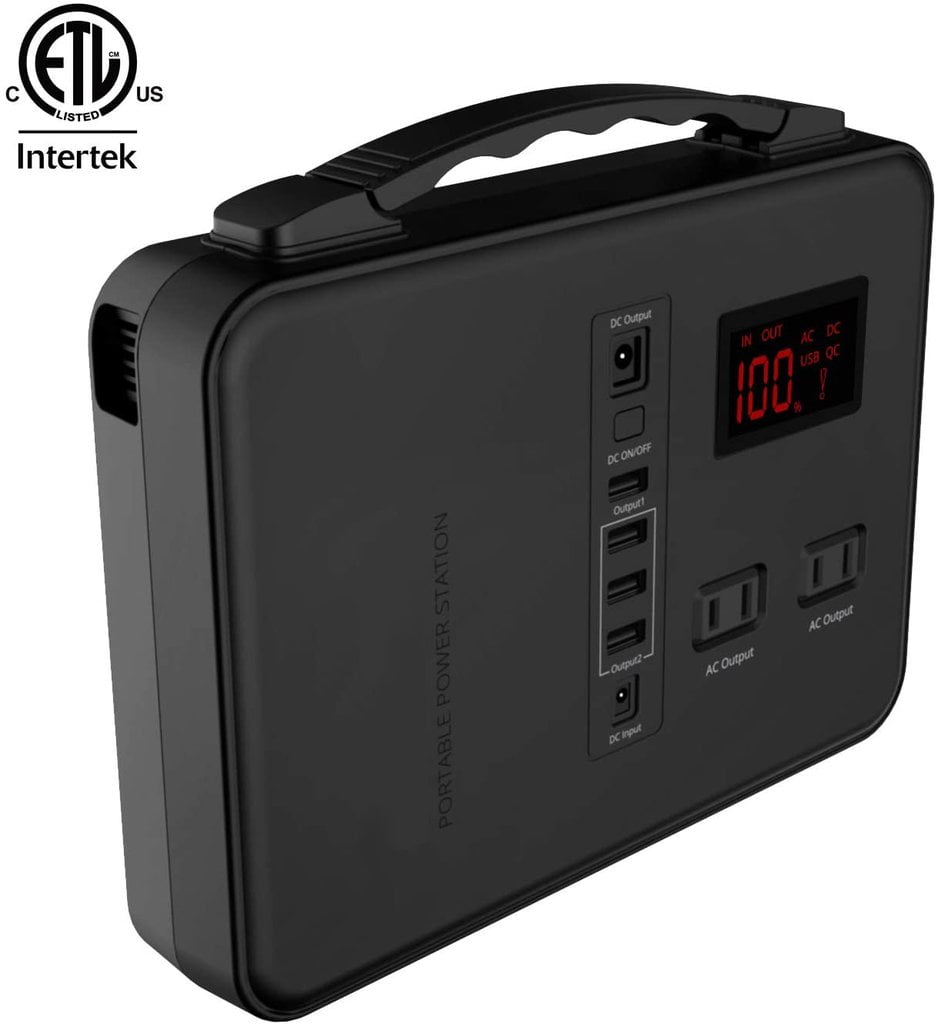
The ease and convenience of a piece of carry on luggage that is also your juice box is alluring. On the surface this does seem smart, doesn’t it? Especially if you’ve ever spent your airport layover jockeying for a position at the one plugin at your terminal instead of sipping a bloody mary at the airport bar. If you’re a bag geek at all, you’ve been watching the trend toward “smart luggage” and bags with built-in battery packs.
#Best usb backup battery portable
Whether you’re a digital nomad, a freelancer on the go, or an Instagram superstar, keep one of these portable battery packs in your bag and be prepared for anything.

We looked at charging times, charging speed, charging capacity (mAh), weight, durability, water-resistance, multi-functionality (is the battery charger also a flashlight, for instance), and of course price to bring you our comprehensive list of the best external battery chargers for your next off the grid adventure.Įxternal battery packs are just part of the way we travel. The point is, we travel with a lot of tech, so a good external battery pack has increasingly become a must-have for today’s modern carry on traveler.īut which is the best portable charger? Which one packs the most charge for the price (or the weight)?Įvaluating your next portable battery charger isn’t rocket science. Whether you’re a freelancer, a writer, travel videographer, a digital nomad, or a rising travel Instagram star, your bag includes at least one smartphone, laptop, camera, GoPro, iPad, or Kindle-and the cables that come along with them. Odds are your carry on bag is just one merino shirt, some jorts, two pairs of travel underwear, and a rat’s nest of cables, cases, gizmos, and, of course, chargers and power banks. Travel bans be damned-portable devices are part of the way we travel. You need an external battery pack these days.

These numbers assume you don't have any peripherals plugged into the Pi or power bank that draw power. The power bank should output at least 2A for the Raspberry Pi 3, 2.5A for the Raspberry Pi 3 B+, or 1A for the Raspberry Pi Zero. Most power banks do not have this feature as it requires additional circuitry and is an edge case for most users. The power bank needs to be able to simultaneously charge and discharge in other words, while the power bank is charging, it's also outputting maximum power to one of its USB ports. There are a few factors to consider with this approach: Simultaneous charge/discharge The battery pack gets plugged into the wall and the Pi gets plugged into the battery pack. With this method, you essentially plug your Pi into a high-output power bank: basically, a juiced-up version of what you use to charge your phone while camping.

There are a few options for building your own Pi UPS.


 0 kommentar(er)
0 kommentar(er)
